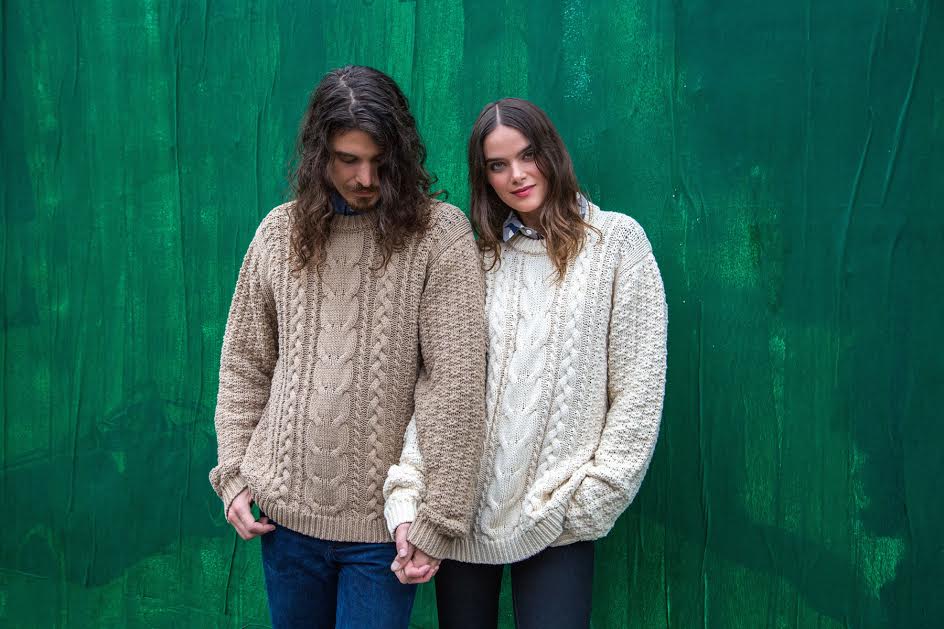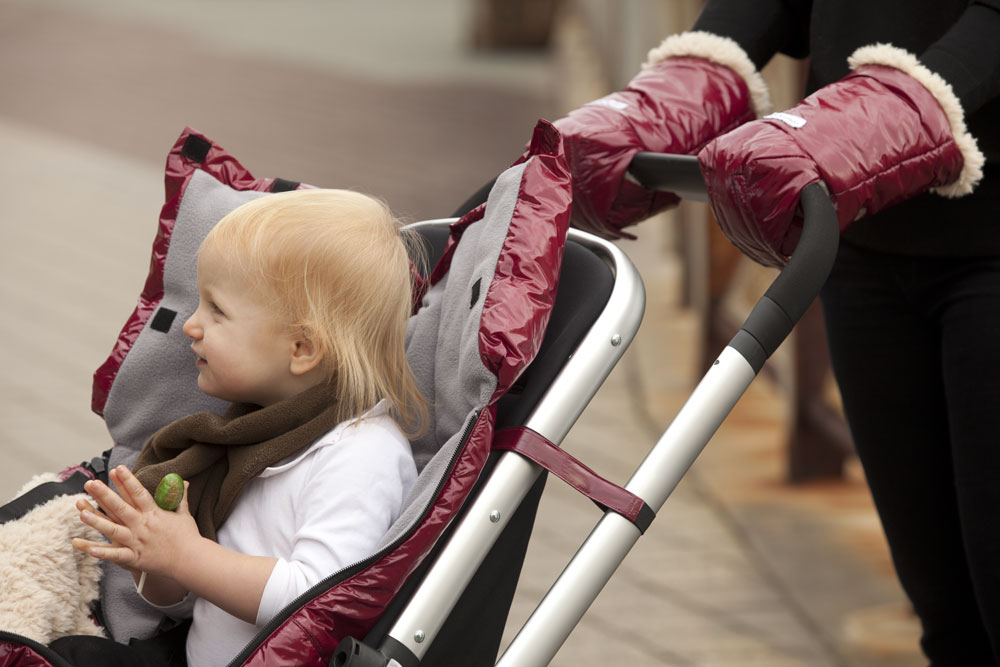Why don’t vegans wear wool – and what the hell else are they supposed to wear? Oh, sister, we have got you covered!!
According to VegforLife.com; Sheep have been purposely bred to produce excessive wool. As a result of having an abnormal amount of wool, many sheep suffer from fly infestations, skin sores and wool parasites. During shearing, the majority of these animals are handled roughly and their fleece is removed as quickly as possible. Injuries are common and shearers frequently cut into the flesh of terrified sheep. Lambs typically suffer from painful mutilations, such as tail docking and castration, without anesthesia. Sheep may also undergo mulesing, a painful process by which a four by six-inch piece of skin is cut from their tails and backside. When the sheep are no longer producing prime wool, they are commonly transported to slaughterhouses in overcrowded trucks. Many sheep become “downers” and are left to suffer and die slowly from neglect. Australia, the largest wool producer, sends many of its “spent” sheep on a long, tortuous journey by ship to the Middle East where they are sold and slaughtered. Felt, or compressed wool, is also a product of the cruel wool industry.
Here’s what PINK has to say about wool;
Our friend Josh over at The Discerning Brute says; When Australian sheep are no longer ‘useable’ they are shipped off to slaughter in the Middle East. Millions of sheep are packed onto enormous, multitiered ships where severe overcrowding causes many to be trampled to death or to starve when they cannot reach food and water troughs. Treated as mere cargo, sick or injured sheep may be thrown overboard to drown or are tossed alive into shipboard grinders. Those who survive the grueling weeks- or months-long voyage in filthy, disease-ridden conditions have their throats slit without being stunned first. Additionally, mulesing is a cheap, crude attempt to create smooth, scarred skin that is resistant to blowfly maggots which can eat sheep alive. However, the enormous, bloody wounds can attract the very flies the procedure is supposed to repel, and lambs sometimes get flystrike before they even heal from the traumatic ordeal.
Are you sufficiently horrified for the poor sheep? Just wait til you see the undercover footage on www.savethesheep.com. Us vegan, truly eco gals don’t wear wool, so at times sweater shopping can feel frustrating. But once you get a handle on what you can wear – things get easier!
- YES to Cotton
- YES to Tencel (according to Josh it’s; “breathable, durable, and biodegradable, and is one of the newest cruelty-free wool substitutes”)
- YES to Polartec Wind Pro (eco cuz it’s made from recycled plastic soda bottles, is breathable, durable, and biodegradable, and is one of the newest cruelty-free wool substitutes. It’s a high-density fleece with four times the wind resistance of wool that also wicks away moisture.
- YES to eco-tastic Bamboo knits
- YES to Cotton Flannel, Polyester Fleece, Synthetic Shearling, and Rayon.
- YES to non-animal based fibers (check out this list of our favorites!)
As long as there is a demand for wool products, and companies making it look great, sheep will be subjected to exploitation and cruelty. Please look into alternatives to wool that consider sustainability, social justice, and animal advocacy. There is nothing sexier than compassion!
Just remember; no creature should have to suffer for your fabulous clothes! It takes a little bit of extra effort, but it’s SO worth it! Mwah!
cover image via Vaute



